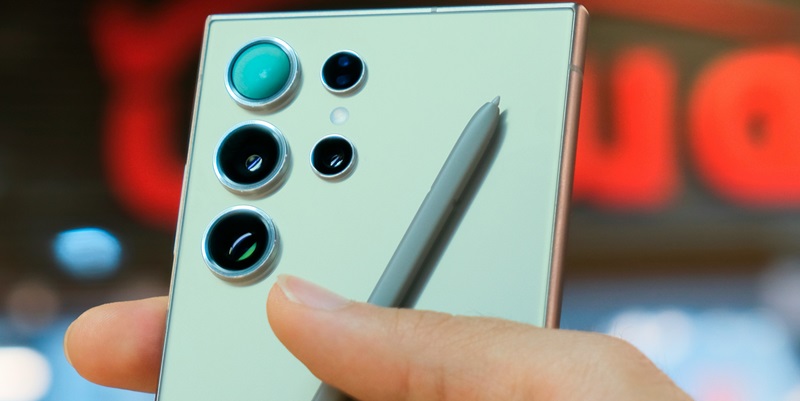Samsung’s new Galaxy S24 lineup, consisting of the Galaxy S24, S24 Plus, and S24 Ultra, has recently crossed a crucial milestone in its path to the U.S. market by obtaining certification from the Federal Communications Commission (FCC). This step is essential for any wireless communication device before it is legally sold in the U.S. The FCC’s approval signifies that these highly anticipated smartphones are almost ready to launch, indicating their availability to consumers is on the horizon. This progress not only suggests that eager tech enthusiasts will soon be able to purchase the latest in Samsung’s smartphone technology but also highlights the company’s ongoing efforts to dominate the premium smartphone market. Samsung’s dedication to innovation and maintaining a competitive edge is clearly reflected in the advancement of the Galaxy S24 series towards its release in the influential U.S. market.
Strides in Chipset Integration
As the industry eagerly anticipates the release of Samsung’s Galaxy S24 lineup, one of the most notable changes is the ditching of the in-house Exynos processors for the U.S. variants. Opting for Qualcomm’s Snapdragon 8 Gen 3 chipsets, Samsung aims to deliver unmatched performance and efficiency. This shift reflects a strategic move to align with consumer preferences and market trends, as Snapdragon processors have long been favored in the U.S. market for their superior connectivity and robust support ecosystem.
Observations point to this chipset change as a tactical response to historical critique surrounding the performance differentials between Exynos and Snapdragon variants of Samsung devices. By standardizing the processor across markets, Samsung could not only streamline manufacturing and support but also potentially offer a more consistent user experience. Ensuring that American users receive the same level of processing prowess as their international counterparts could further solidify Samsung’s reputation for quality and reliability in a market that is unforgiving to technological disparities.
Advanced Materials and Battery Innovation
The Samsung Galaxy S24 Ultra aims to impress with its robust titanium frame, mirroring a luxury trend similar to that of the iPhone 15. This premium material conveys durability and class. The Ultra’s hefty 5000mAh battery also highlights Samsung’s dedication to match the high power needs of users in response to feature-rich devices.
While the Galaxy S24 and S24 Plus models are expected to maintain aluminum designs, they too cater to the expectation for high-end materials in flagship phones. Samsung’s material strategy indicates an understanding of consumer desires – sturdy yet elegant phones that retain their performance for longer periods.
Overall, the Galaxy S24 lineup is set to deliver on battery life and solid construction, two aspects highly valued by customers who seek a perfect mix of sophistication, longevity, and power in their smartphones.
Embracing Artificial Intelligence
Samsung is set to revolutionize the Galaxy S24 series by weaving Artificial Intelligence (AI) deep into its functionality. Expectations are high for features that may mimic Google Lens, enabling real-time translation and sophisticated image recognition. Such AI integration promises to make smartphones far more intuitive in daily tasks, truly melding technology with the routine of everyday life.
Yet, amid the excitement, there’s a note of caution. Enhanced AI could lead to technical challenges, like overheating, as the intense processing might strain the devices. Experts also worry that static RAM capacities may not be up to par with the high ambitions of AI functionalities. It’s crucial that Samsung ensures these AI features don’t impede the smartphone’s core performance. Balancing groundbreaking AI with the practical needs of users will be paramount to the S24 series’ success. This stride toward AI-infused smartphones is audacious and could set a new benchmark if executed with attention to innovation and utility.

